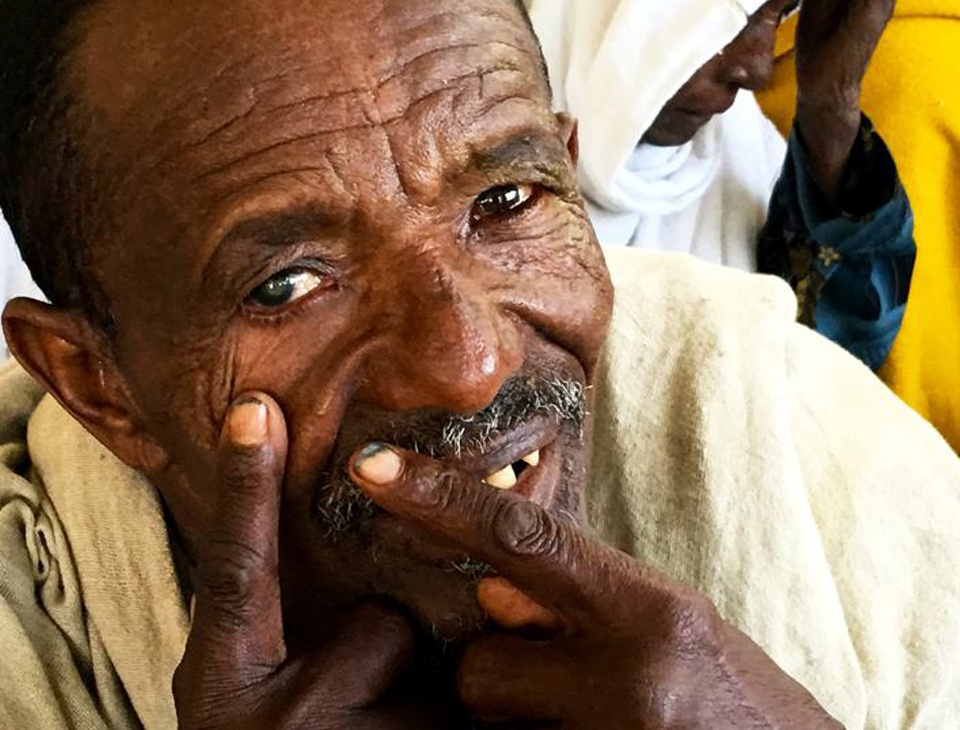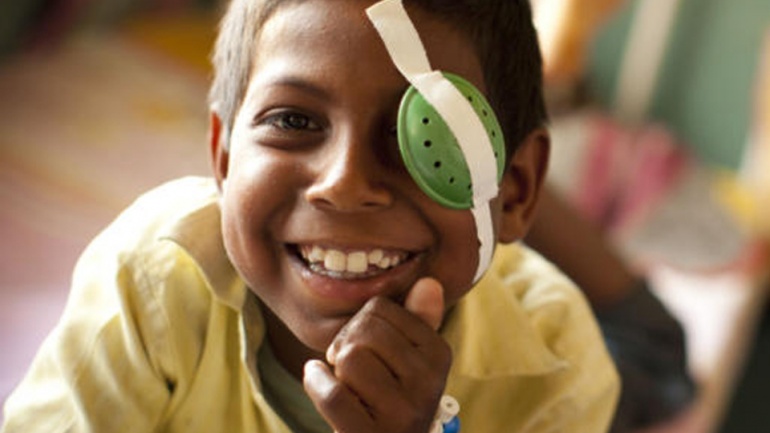Nearly 80% of the world’s blind are avoidably so.
Avoidable blindness is defined as blindness which could be either treated or prevented by known, cost-effective means.
Blindness and poor eyesight affect millions of people across our country. Concerted effort is needed to eliminate avoidable blindness from major causes like cataract, xerophthalmia, refractory error, low vision and trachoma, and save lakhs of people from turning blind. Lack of affordable eye care is one of the main causes for blindness in the country. Lack of awareness is another.
Due to an ageing population, increasing rates of diabetes and short sightedness, more people than ever are losing their sight needlessly.
Trends in an ageing and growing global population coupled with the increase in myopia and diabetic retinopathy are taking us into a new era of blindness and vision impairment—an era where existing efforts are at serious risk of being overwhelmed, potentially leading to a threefold increase in blindness by 2050.
Significant progress has been made in recent years in reducing the levels of avoidable blindness, but the new data in the Vision Atlas by IAPB shows that redoubled efforts are needed to prevent the predicted increase in blindness and visual impairment as the global population grows and ages.
In order to focus our efforts effectively, we need to know who is at risk of these conditions and where they live. Then reach out to them. This is our approach.
We organize eye screening camps reaching out to the community at the village level and urban slums. Our projects help in comprehensive screening of the community for any eye condition that requires treatment; supports in transportation of patients to the base eye hospital; has provision for quality free or subsidized treatment at the hospital and follow ups post treatment. The majority of patients treated are above age of 50 years and come from poor rural communities.
You can make a difference by helping us combat the problem.



